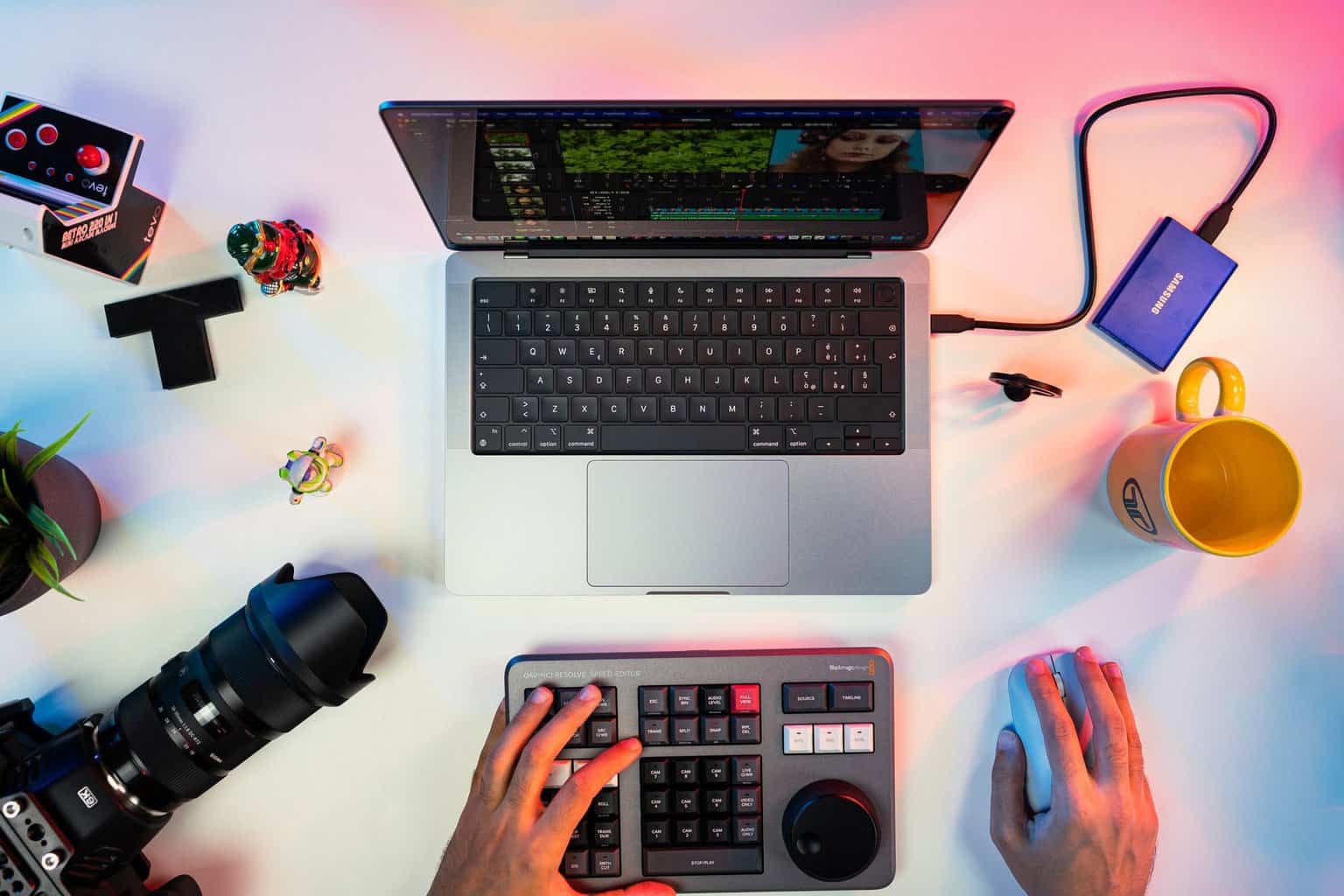
13 Nov AI and UX Design in 2023: Revolutionizing Digital Interfaces
If 2023 could have a title, it would be “The Year of Artificial Intelligence”. Why? Because during that year AI tools and technologies became powerful in terms of functionality and accessibility to the global audience. Even a 6-year-old child could make a beautiful image using AI, without any prior knowledge or experience in the field of design.
This article will examine the correlation between AI and UX design, illuminating the transformative impact of their synergy and unveiling the benefits of this dynamic and promising alliance.
Table of Contents
AI and UX Design: Five Important Opportunities to Consider
Getting Hyper-Personalized Experiences
AI gave the possibility to create hyper-personalized experiences for users.
 AI-driven algorithms can analyze user data, behaviors, and preferences, enabling designers to tailor interfaces, content, and interactions to individual users. This shift from a one-size-fits-all approach to one of user-centric design is transforming the digital landscape.
AI-driven algorithms can analyze user data, behaviors, and preferences, enabling designers to tailor interfaces, content, and interactions to individual users. This shift from a one-size-fits-all approach to one of user-centric design is transforming the digital landscape.
Consider, for instance, a situation where an e-commerce website uses AI to track a user’s browsing history and preferences. With this data, the website can recommend products, services, and content that align precisely with the user’s interests. This not only enhances the user experience but also boosts conversion rates, as users are more likely to engage with content they find relevant.
Mixing Creativity and Data
Beyond influencing functional aspects, AI has become a dynamic catalyst for creativity, offering designers the ability to craft visually compelling experiences informed by data-driven insights. The marriage of creativity and data is redefining the very essence of design, enabling the generation of visuals, layouts, and complete websites that resonate with users on a profound level.
By analyzing vast datasets and understanding user preferences, AI contributes to the creation of designs that not only meet functional and aesthetical requirements but also align with the nuanced tastes of diverse user demographics. With such an approach, the design process becomes a harmonious collaboration, where AI acts as a co-creator, offering suggestions and enhancements that elevate the visual aesthetics of digital interfaces.
Realizing Successful Design Iterations
Design iteration is a critical phase in the UX design process, and AI is becoming a valuable ally in this regard. With the power of AI, designers can test and iterate on designs more quickly and efficiently, ultimately leading to superior user experiences.
 One prominent way AI aids in design iteration is by generating multiple design variations. AI can swiftly create different layout options, color schemes, and interactive elements based on user data and feedback. These variations can then be subjected to A/B testing or user feedback sessions to determine which design resonates most effectively with the target audience. This not only saves time but also provides designers with a data-driven approach to refine their creations.
One prominent way AI aids in design iteration is by generating multiple design variations. AI can swiftly create different layout options, color schemes, and interactive elements based on user data and feedback. These variations can then be subjected to A/B testing or user feedback sessions to determine which design resonates most effectively with the target audience. This not only saves time but also provides designers with a data-driven approach to refine their creations.
AI also plays a significant role in predicting user preferences during the design iteration process. By analyzing user behaviors and interactions with design prototypes, AI can make informed suggestions for adjustments and improvements. It can accentuate potential issues and recommend modifications, making the iterative process more insightful and efficient.
In summary, the integration of AI in design iteration empowers UX designers to create more effective and user-centered designs. It speeds up the testing and refining phases, ultimately leading to enhanced user experiences and ensuring that the final product is both visually appealing and functionally efficient.
Automating Tasks and Freeing up the Human Resources
AI’s role in automating repetitive tasks within the UX design process is a transformative aspect that allows designers to allocate their time and energy to more creative and strategic tasks. The integration of AI in UX design streamlines numerous operational aspects, providing designers with the freedom to delve deeper into innovation and user-centric thinking.
One significant area where AI proves its worth is in the creation of user personas. AI can compile and analyze vast amounts of data, extracting patterns and insights to generate detailed user personas efficiently. This automation helps designers develop a deeper understanding of their target audience’s needs and preferences, facilitating the creation of more effective and relevant designs.
AI’s capabilities extend to usability testing as well. AI-driven tools can simulate user interactions with prototypes and analyze the results, providing designers with insights into user behavior, preferences, and potential pain points. This automated testing process accelerates the design cycle, enabling designers to quickly identify areas that require adjustment or improvement.
Moreover, AI’s data analytics prowess is invaluable in understanding user interactions and deriving actionable insights. It can swiftly process and analyze user feedback, engagement data, and other metrics, helping designers make informed design decisions. By automating the data analysis process, AI empowers designers to focus on strategic improvements rather than getting bogged down in data management and number crunching.
Enhancing the Accessibility of Digital Solutions
AI has the potential to significantly enhance the accessibility of digital experiences, making them more inclusive and accommodating for users with diverse needs. Through features like natural language processing and voice recognition, AI facilitates interfaces that are accessible to individuals with different abilities, including those with visual or motor impairments.
For instance, AI-driven voice interfaces enable users to interact with applications without relying on traditional input methods, such as keyboards or touchscreens. This not only expands access for people with motor disabilities but also provides an alternative mode of interaction for users in various contexts, such as when driving or multitasking.
In the realm of content consumption, AI-powered tools can assist users with visual impairments by providing audio descriptions, generating alternative text for images, and improving the overall readability of text. These features contribute to a more inclusive digital environment where everyone, regardless of ability, can engage with content seamlessly.
Wrapping Up
As we approach the end of the article about the successful synergy between AI and UX in 2023, one thing is clear: the future belongs to those who can harness the transformative power of artificial intelligence while remaining persistent in their commitment to enhancing the human experience.
The question is not whether AI will shape our future, it’s how we choose to wield this formidable tool to craft a future that is more intuitive, inclusive, and user-centric.
The journey has just begun, and together with AI, we can shape a future where technology not only understands us but empowers us to do amazing digital solutions.



No Comments